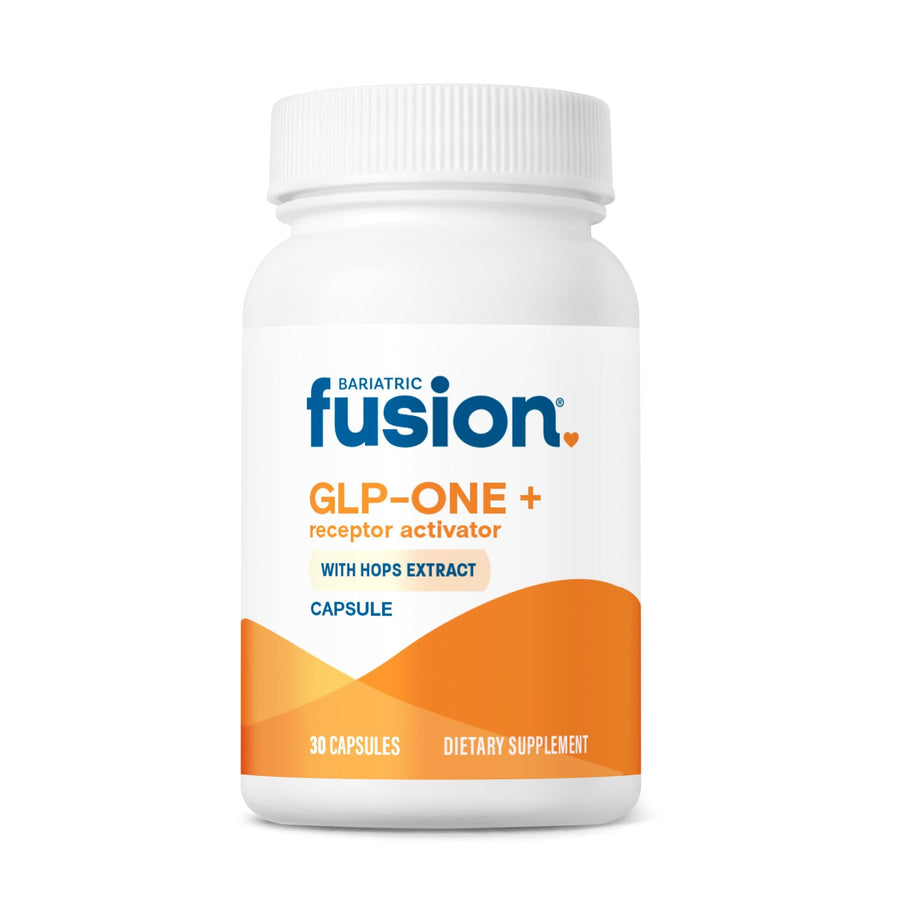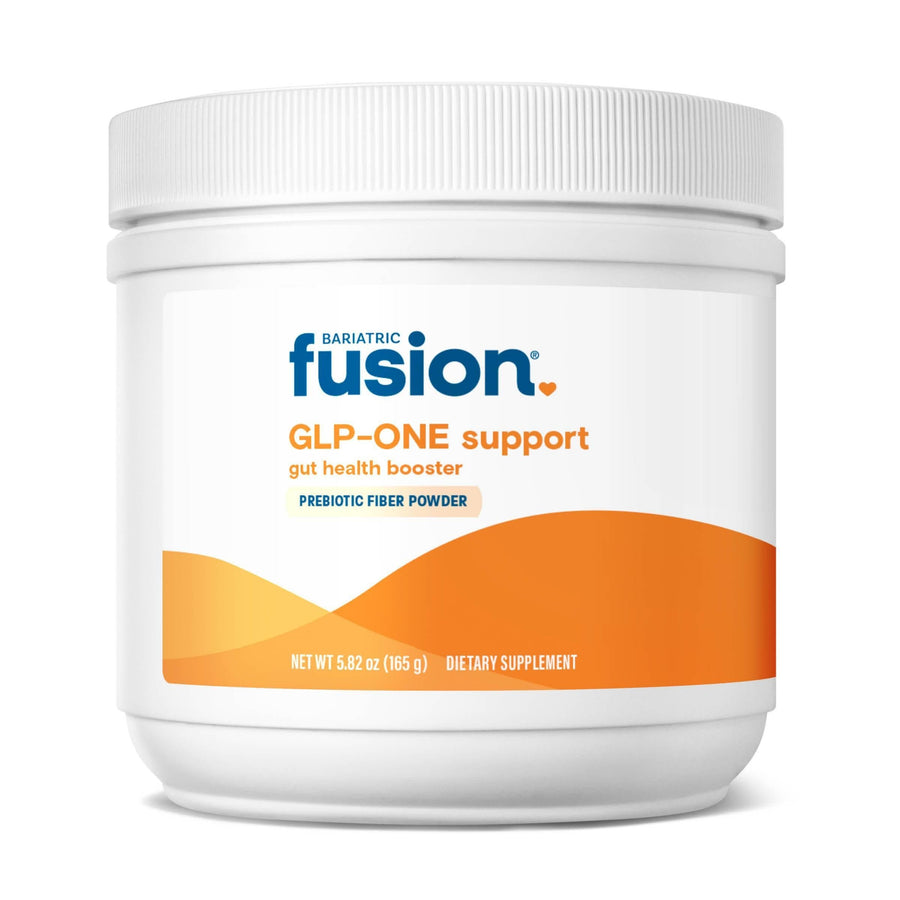How to Handle Digestive and Nutrition Challenges with GLP-1 Medications
If you’re taking a GLP-1 medication for weight loss or type 2 diabetes, you probably already know how powerful these medications can be. But along with the benefits, they can also bring some challenges, especially when it comes to digestion and nutrition.
Let’s break down what’s happening, why it matters, and how a smart prebiotic fiber blend and targeted multivitamin can help.
What Are GLP-1 Medications, and Why Can They Cause Side Effects?
GLP-1 medications work by helping your body release more insulin, slowing down how quickly food leaves your stomach, and reducing appetite. That’s why they’re so effective for weight loss and blood sugar control.
But because these medications slow digestion, they can cause some pretty common side effects, like:
- Constipation
- Nausea
- Diarrhea
- Abdominal discomfort
A recent study found that nearly 60% of people on GLP-1 medications deal with abdominal pain, and about 30–33% experience constipation or diarrhea.1
And since these medications often lead to significant weight loss, which usually means eating less, it’s easy to develop nutrient gaps, especially in important vitamins and minerals your body still needs every day. Another study even pointed out a risk for sarcopenia (muscle loss) during rapid weight loss on these meds.2
How Prebiotic Fiber Can Help
One of the best ways to support your digestion while on GLP-1 medications is to add more prebiotic fiber to your routine.
A specialized blend of soluble and insoluble fibers, like Solnul® (resistant potato starch) and Subfiber® (partially hydrolyzed guar gum), can help improve regularity, support gut health, and promote the production of butyrate, a short-chain fatty acid that strengthens the gut lining and benefits digestion.3,4*
Even better, some studies suggest prebiotic fiber can naturally encourage your body’s own GLP-1 release, which may help with appetite regulation and blood sugar balance.5,6*
Why a Targeted Multivitamin Matters
Because GLP-1 medications often lead to reduced food intake and nutrient absorption changes, it’s smart to add a multivitamin designed to fill those gaps.
A targeted multivitamin for GLP-1 users should include:
- Essential vitamins and minerals, especially ones like vitamin B12, iron, magnesium, and folate, which can be harder to get enough of on a lower-calorie or lower-appetite plan.
- Xanthohumol, a natural antioxidant from hops, which has been shown to support natural GLP-1 release and help regulate appetite and blood sugar by activating certain bitter receptors.7,8*
Together, these nutrients help support steady energy, metabolism, muscle health, and immune function—all of which are extra important during weight loss.*
Takeaway: You Don’t Have to Settle for Side Effects
We know GLP-1 medications can be an extremely important part of a weight loss plan and a valuable tool for managing certain health concerns, like type 2 diabetes. But if you’re taking a GLP-1 and dealing with digestive discomfort or worried about missing key nutrients, you’re not alone—and you don’t have to just tough it out.
Adding a thoughtful prebiotic fiber blend and a targeted multivitamin to your daily routine can help you stay balanced, nourished, and feeling your best while continuing to work toward your weight loss or health goals.
As always, be sure to check in with your healthcare provider before starting any new supplement to make sure it’s the right fit for your needs.
References
1. Aldhaleei WA et al. Pharmaceuticals (Basel). 2024;17(2):199.
2. Dash S. Diabetes Obes Metab. 2024;26 Suppl 4:3-15.
3. Russo L et al. Saudi J Gastroenterol. 2015;21(2):104-110.
4. Rao TP. Physiol Behav. 2016;164(Pt A):277-283.
5. Yasukawa Z et al. Nutrients. 2019;11(9):2170.
6. Quagliani D et al. Am J Lifestyle Med. 2016;11(1):80-85.
7. Yamazaki T et al. Biochem Biophys Res Commun. 2020;533(4):704-709.
8. Barrea L et al. Crit Rev Food Sci Nutr. 2019;59(3):528-535.













